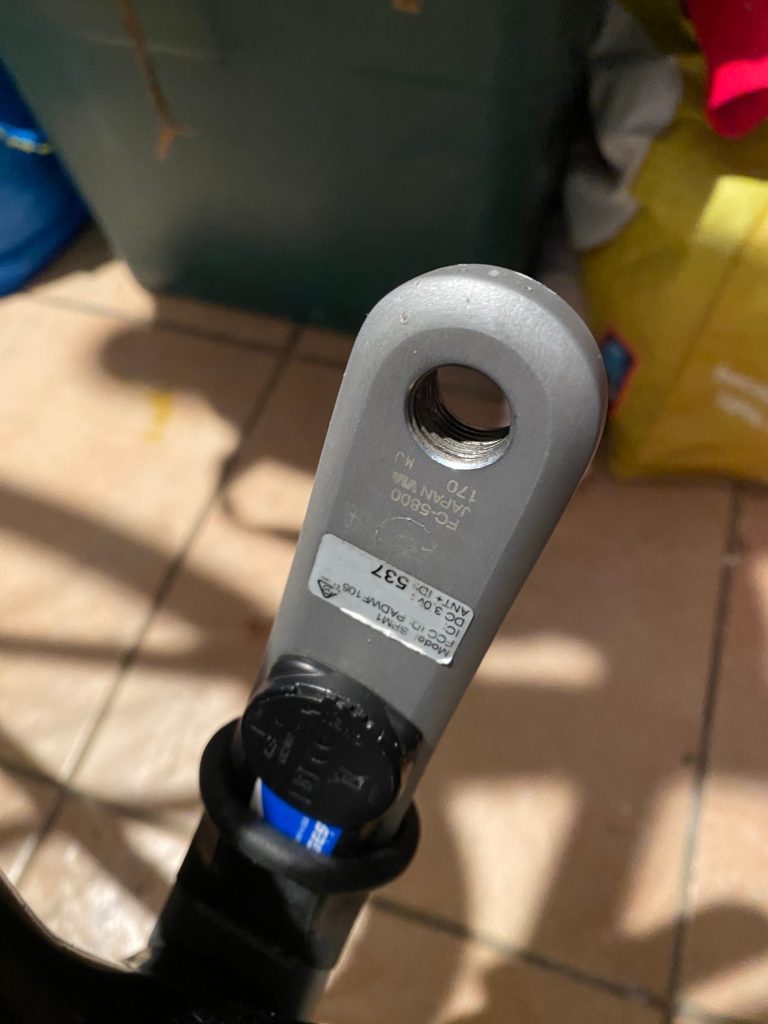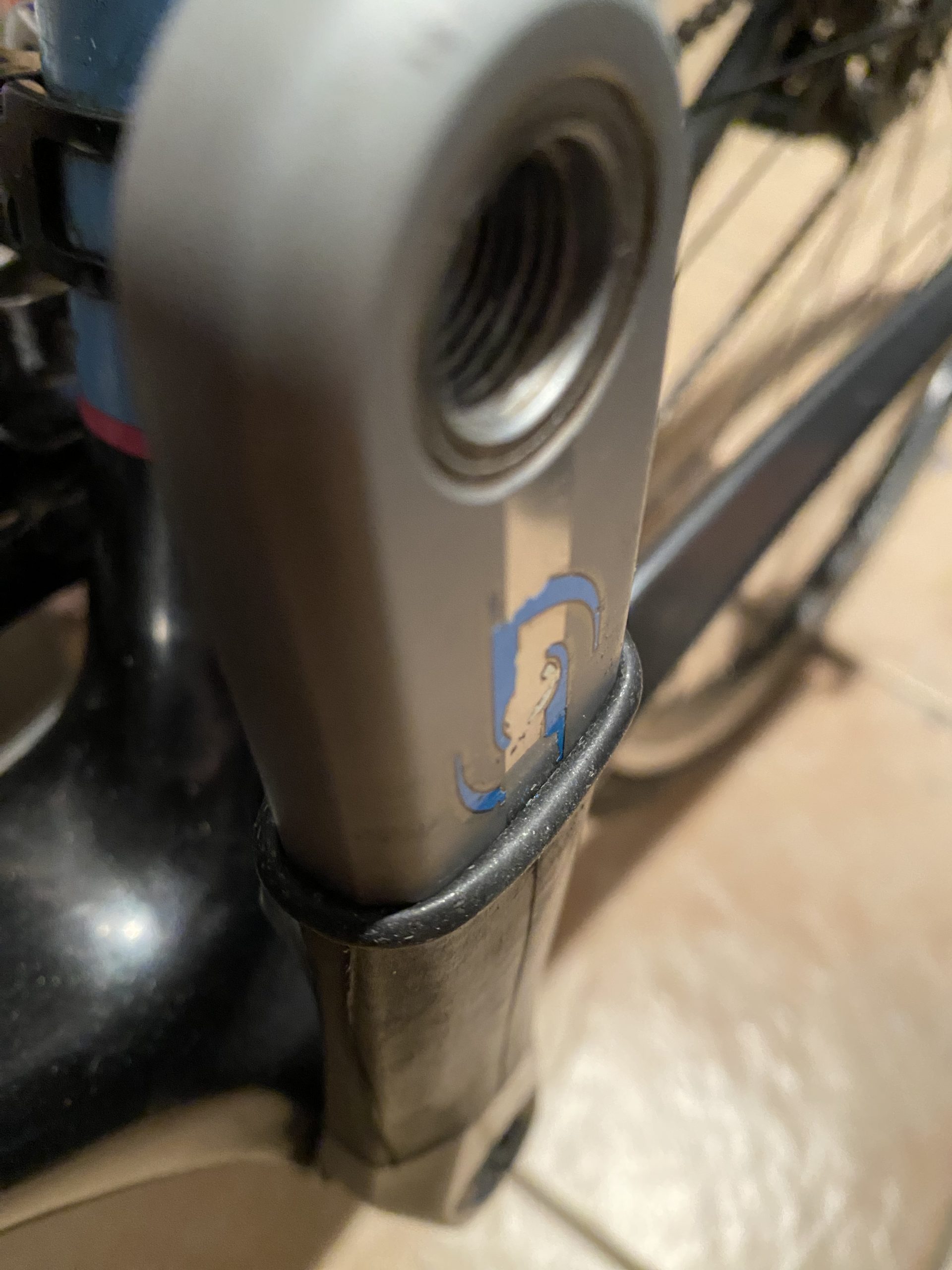How To Fix Your Water-Logged Stages Power Meter
The Stages power meter is great. There are loads of advantages to crank-based power meters, like those produced by 4iii and Pioneer. They’re reasonably affordable, reliable (aside from this particular issue), easily maintained, and can be installed on most bikes. Of course, installing one of these means you end up with a spare unused crank, which is a tiny bit annoying! So, it goes without saying, make sure you get one of the correct length!!
…when it rains, they can stop working!!
For most of us, getting a power meter is not essential at all, but it’s useful in pacing and gauging your efforts and can also be a great training tool.
The real issue with crank-based meters
The major drawback with these crank-based meters, particularly the ones made by Stages—and I have first-hand knowledge of them—is that when it rains, they can stop working!!
Because the unit itself is attached to the crank arm, it’s completely exposed to the elements. Water can enter through the battery door and cause it to malfunction. If you don’t know this and fail to dry it out properly, it can be terminal. With my Stages meter, it only takes a couple of hours of riding in the rain before it stops working completely.
I’m told some crank-based meters are more waterproof than others.
While it’s possible to lean your bike against a radiator or aim a warm (almost cool) hairdryer at it with the battery cap removed to dry it out afterwards, this isn’t ideal. It’s a major issue for riders who ride in wet conditions or who ride in areas that are prone to heavy rain or flooding.
I’m told some crank-based meters are more waterproof than others. And if you are one of those lucky ones who have properly waterproof power meters, then the rest of this post is not for you. However, if, like me, you have this problem… read on.
The interwebs advice
A trawl of the internet soon produces a variety of solutions. Some with more merit than others, none of which worked for me.
The first piece of advice was to get in touch with the manufacturer themselves for help. Stages suggested a procedure to me that involved taking off the battery door and using isopropyl alcohol on a cotton bud to remove any dirt or debris that may have accumulated inside… but after doing this, it died again on the very next wet ride. To be fair to them, they also sent me a couple of new plastic battery doors with fresh silicon seals. Sadly, this also didn’t work.
The fix didn’t come to me very quickly, tbh.
Then I found some people suggesting you use some sort of thick waterproof tape around the meter to stop the water. Not only does this not work, but it’s also a total sticky mess and makes it virtually impossible to change the battery during a ride, should you need to.
I even came across a well-respected ‘influencer’ advocating waterproof grease FFS!! Not great when you return with your dead power meter that now has emulsified grease inside it!!! Please, please trust me on this; I discovered this the hard way!!
Would that fix things and stop water from getting in?
The fix didn’t come to me very quickly, tbh. When dirty water gets into any electronic circuitry, eventually it will stop working permanently. So, I ended up not using the Stages on wet rides. #Booo…. Then one day… Eureka!!!!
Condoms? On M’Cranks?
I was fixing some holes in a tyre after a particularly challenging, long, wet ride, when it came to me. Perhaps you could use a length of inner tube and stretch it over the meter to seal it? Would that fix things and stop water from getting in? It was worth a try. So, I cut a 4-inch length of an old inner tube and tried to fit it over the crank arm, first having removed the pedal, of course…

It wasn’t that easy, tbh. Butyl rubber is tough stuff. Attempting to wrestle it over the crank arm that also has a power meter pod stuck to it was a big ask. I ended up having to stretch it first using the end of a wooden broom handle then rolling it back on itself like a thick black condom! LOL. It was then a question of transferring this rolled-up rubber tube onto the crank arm to cover the power meter.
Eureka! A 100% waterproof Stages power meter
There was part of me that was less than confident that this would work. It took a few days before I had an opportunity to test it. Initially, I used the bike indoors. Partly because I was feeling poorly. This gave me the opportunity to check that this fix wouldn’t interfere with or rub on my shoe while peddling. It was fine.
you could even use a real condom with the tip cut off.
The real test came soon enough on my next long ride. I’m in the UK, and it’s winter. So, like eggs-is-eggs, it was a wet one. Instead the of seeing the data from the meter die after an hour or so in the wet, I completely forgot about it and arrived with the numbers still there on my head unit. It worked!
Not only did it work perfectly, but when it came to changing the battery, it was simply a case of rolling down my butyl condom-ey thing-a-my, exposing the pod, changing the battery, and rolling it back up again for full protection. My Eureka moment was a worthy one. So much so that I’m going to leave things just the way they are.

I’ve not tried, but I’m pretty sure you could even use a real condom with the tip cut off. It might be easier to fit and save you from having to struggle with a thick, tough piece of inner tube. If someone out there wants to give that a try, please post a comment and let me know how you get on with it.
Happy foul weather riding!

Leave a Reply